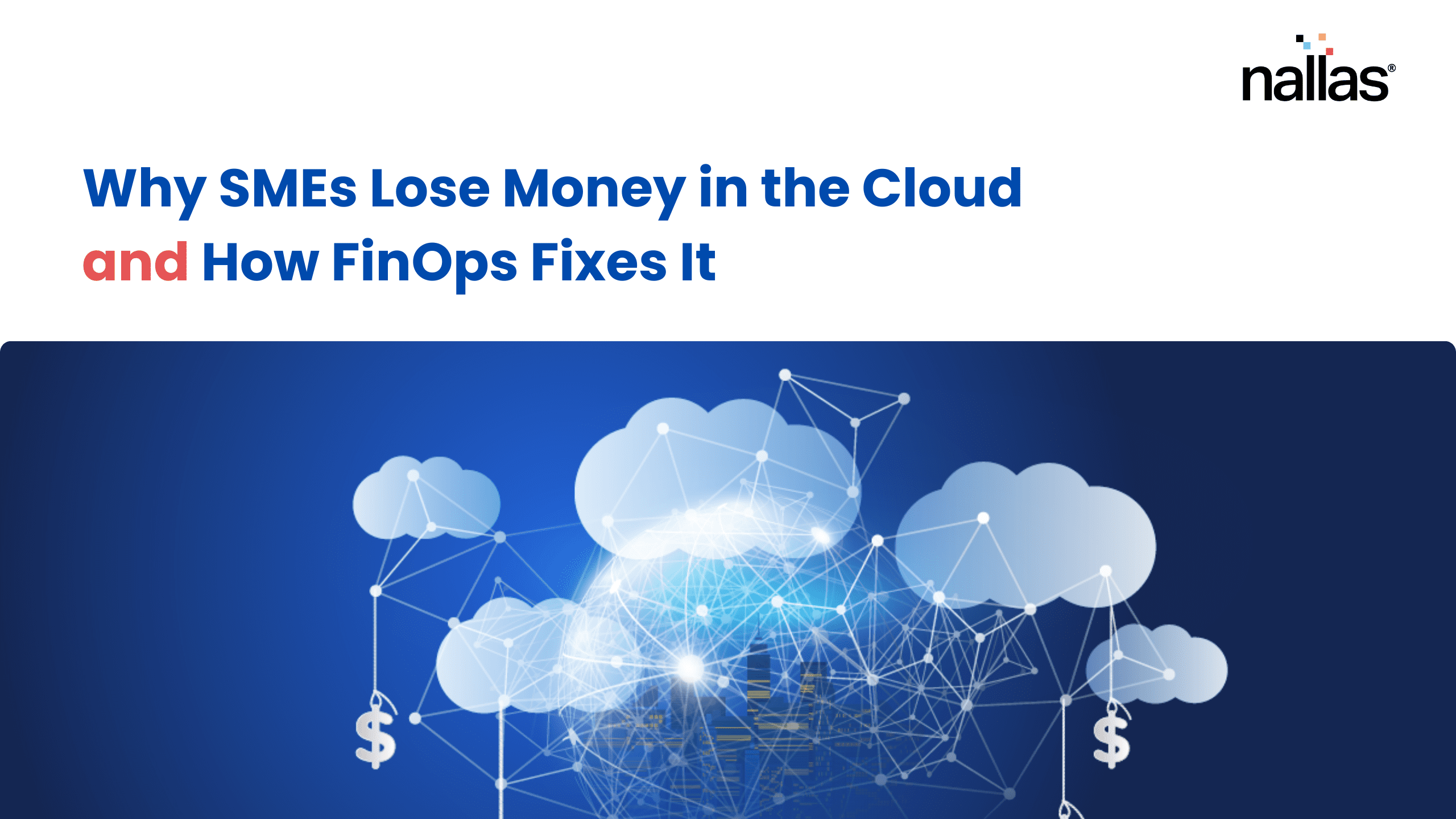
The cloud is often pitched as a cost-saver and innovation enabler. And while it can be both, many organizations—especially SMEs and nonprofits—find themselves facing ballooning bills and wasted resources.
According to techradar.pro, 43% of organizations do not track cloud costs at a granular level. Even more striking, 34% of businesses spend over $1M per month on SaaS applications. A significant portion of this spend is wasted due to underutilized licenses, idle resources, and poor governance.
For large enterprises, wasted spend is frustrating. But for SMEs and Nonprofits, it can be devastating—limiting funds that could otherwise go toward growth, programs, or mission-critical initiatives.
Cloud waste often hides in plain sight. Some common examples include:
In short without visibility and governance, costs spiral out of control.
This is where FinOps (Cloud Financial Operations) comes in. FinOps is not just a tool—it’s a cultural shift combining finance, engineering, and business operations to optimize cloud spending without slowing down innovation.
✔ Real-time visibility – Clear dashboards showing exactly where money goes.
✔ Shared accountability – Every team (engineering, finance, ops) takes responsibility.
✔ Shift-left governance – Embedding cost awareness into design and deployment processes.
✔ Benchmarking & rightsizing – Regularly adjusting workloads to match actual needs.
✔ 20–30% efficiency gains – Typical savings when FinOps practices are adopted.
While FinOps is often associated with large enterprises, its value is even higher for smaller organizations:
Example: A nonprofit running donor management system in the cloud reduced its cloud bill by 28% simply by rightsizing compute resources and cutting unused SaaS licenses.
Organizations adopting FinOps see 20–30% savings on cloud bills within months. But beyond savings, FinOps drives confidence in cloud adoption. It ensures that budgets are predictable, stakeholders are aligned, and innovation is not stifled by cost anxiety.
For SMEs and Nonprofits, FinOps is not just a “nice-to-have”—it’s a competitive advantage and mission enabler.
The cloud is powerful, but without control, it can also be expensive. SMEs and Nonprofits need every dollar to work harder. By partnering with cloud solution experts like Nallas helps in embracing FinOps, it can eliminate waste, bring transparency, and redirect savings toward growth or mission impact.

Lead - Strategy